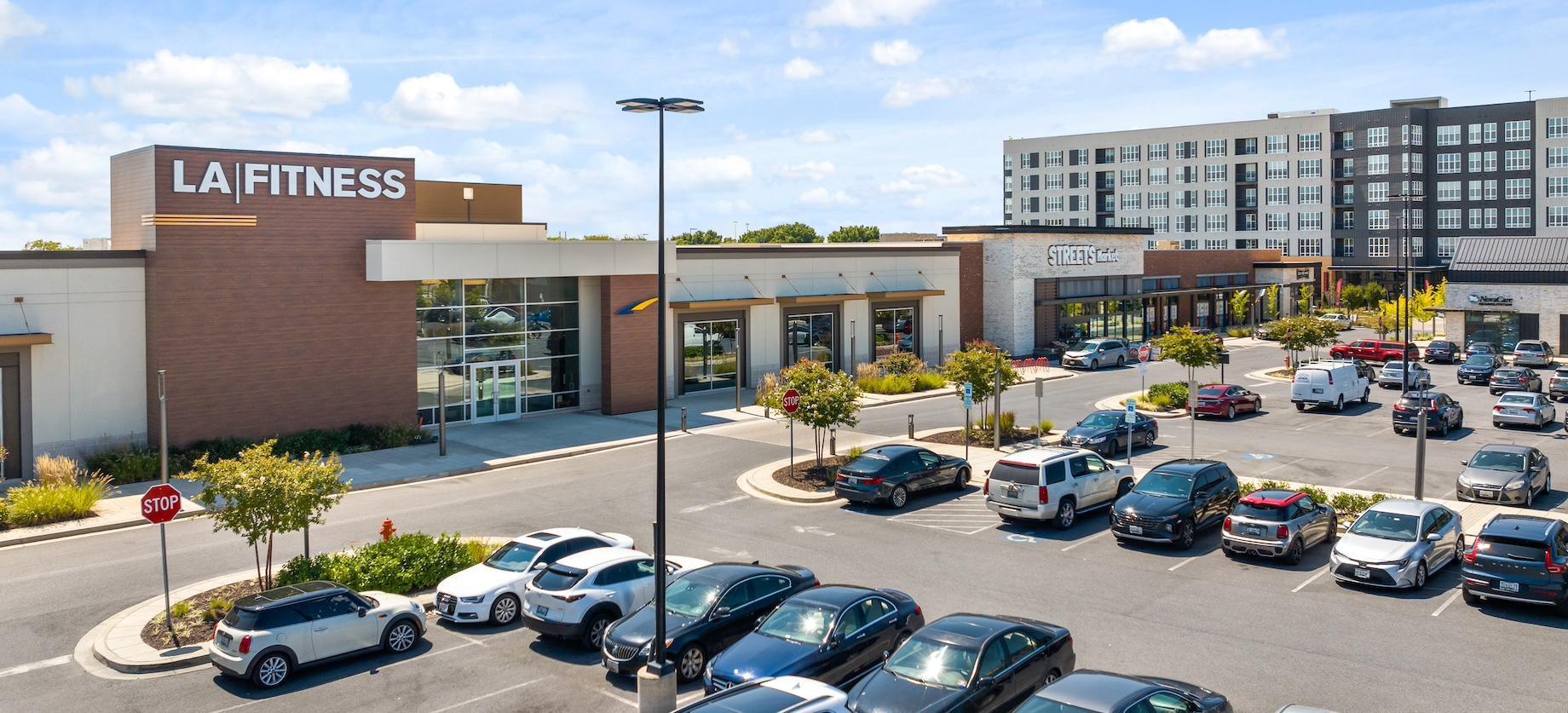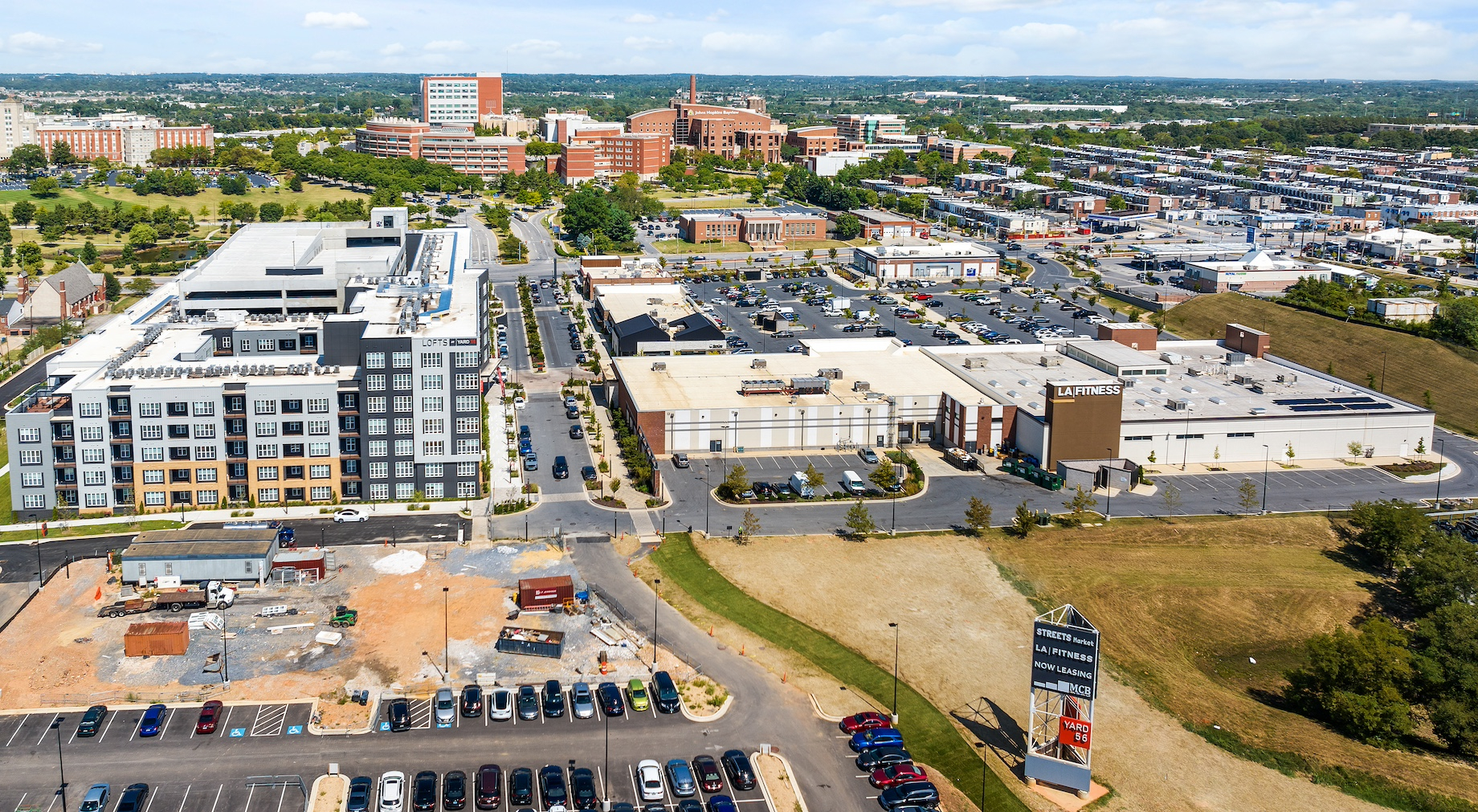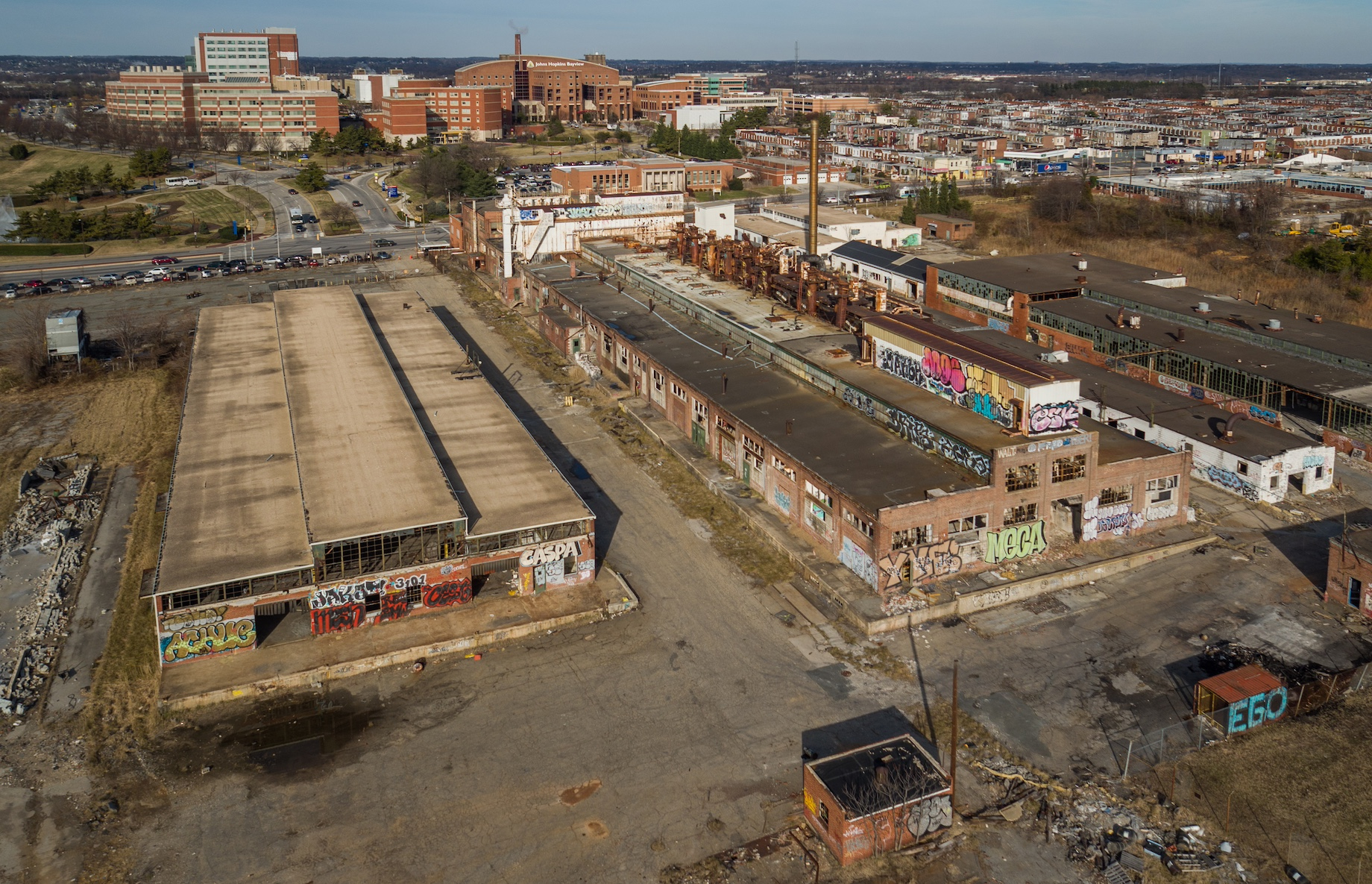Developers can come up with amazing project ideas and innovative designs that have the power to transform communities. The tricky part is lining up the necessary debt and equity to get them off the drawing board.
Baltimore-based MCB Real Estate proves to be adept at assembling capital stacks for complex projects with its growing resume of urban redevelopment projects. Its capital stack strategy mitigates the risks in complicated development projects while producing attractive risk-adjusted returns for its investors. “As a developer, we consider ourselves to be conductors,” said MCB managing partner P. David Bramble. “We’re trying to get all the different pieces to come together: the entitlements, the tenancy, the community organizations and other stakeholders and, of course, the financing and the equity.”

MCB managing partner P. David Bramble
Mixed-use projects are often more difficult because lenders and equity investors view the various components differently, which may impact financing terms, requirements and capital costs. For example, retail requires pre-leasing with commitments from anchor tenants before securing financing, whereas multifamily is speculative, as leases typically are not signed before you start construction. “You have to balance all those components as you’re pulling a deal together,” said Bramble.

Lenders and equity investors view the various components within mixed-use projects like Baltimore’s Yard 56 differently. Retail, for example, requires pre-leasing with commitments from anchor tenants before securing financing, whereas multifamily leases are not signed before construction.
Large mixed-use projects also have their own nuances and can take years to move forward. “It takes time, and it takes a lot of moving pieces around the chessboard,” said Bramble. You might find investors or lenders that are interested in certain parts of a project but not all of the parts, or a project might require certain subsidies to make it feasible. “There’s all kinds of things that you might need to be able to pull the project off,” he said. MCB has leveraged vehicles like New Markets Tax Credit allocations and Opportunity Zone fund investment, combined with traditional financing mechanisms.
Case Study: Yard 56

MCB Real Estate assembled roughly $96 million in debt and $61 million in equity for Yard 56.
MCB’s $157 million Yard 56 transformed a dilapidated factory site in Baltimore into a mixed-use development across from the Johns Hopkins Bayview Medical Center. The project features more than 100,000 square feet of retail, including Streets Market, LA Fitness, Royal Farms, Chipotle Mexican Grill and Starbucks. Additional elements include an 80,000-square-foot medical office building with Baltimore Medical System as lead tenant, a 227-unit multifamily community and a 650-car public parking garage.
A first step is determining when to start lining up capital. Starting too early runs the risk of people losing interest or getting bored if the developer doesn’t have the details to back it up and isn’t ready to move forward. “Generally, we don’t approach financing on a development deal until we have a rough cut on a preliminary pro forma that makes some sense and we’re far enough along in the entitlement process to know what we’re going to actually be able to deliver,” said Bramble.

MCB Real Estate spent almost 10 years on Yard 56, from its 2014 acquisition of the site to the fall 2023 delivery of the Lofts at Yard 56 apartment building.
MCB had to move Yard 56 to a point where both lenders and equity investors felt comfortable it had surpassed key hurdles. That involved getting through zoning changes and getting agreements with the Maryland Department of the Environment and the U.S. Environmental Protection Agency to manage brownfield cleanup at the site.
Yard 56’s $157 Million Capital Stack
MCB assembled roughly $96 million in debt and $61 million in equity. The capital stack included two construction loans from two separate bank lenders; New Markets Tax Credits, which support projects in low- to moderate-income areas; city and state brownfield tax credits; and multiple equity partners, including an institutional partner and a group of high-net-worth investors.
| Construction Loans | $66M |
| Opportunity Zone Equity | $53M |
| New Markets Tax Credits | $30M |
| Other Equity | $8M |
According to Bramble, the Opportunity Zone legislation that was passed as part of the Tax Cuts and Jobs Act of 2017 is critical to putting the financing together on large, complex projects. “Opportunity Zones are not a panacea. They don’t make a bad deal work,” he said. However, they do provide tax incentives for investors to look at locations that they otherwise might not consider, he said.
Step-by-Step Process
Yard 56 took nearly a decade to complete from MCB’s 2014 acquisition of the property to the fall 2023 completion of the apartment building. “You have to have lots of irons in the fire and you have to be constantly rethinking how the deal is going to come together,” said Bramble.
Most developers have an estimate and preliminary pro forma that they refine as a project moves through stages. The process may start with a sketch on paper. Once a developer has a site plan and a contractor, it moves to preliminary pricing and figuring out actual building costs. “After that, you get tighter and tighter until you have a guaranteed maximum price or a negotiated lump sum contract. Then you know the true cost of the project, and that is when you’re truly ready to finalize the terms with your debt and your equity investors,” said Bramble. “But it’s a long way in between, and you spend millions getting there, which is why development is so risky.”
Equity is often the harder piece to put together. However, lining up debt and equity needs to be done on parallel tracks, noted Bramble. “You need to know you have the equity, or no debt is talking to you, but you also need to know you have the debt, or no equity is talking to you. So you really are talking to both as you’re putting the deal together.” Developers generally keep both their debt and their equity sources in the loop through that process until they can send the capital sources a firm package, he added.
Strong Relationships
Assembling financing for large mixed-use developments, especially urban projects, is very complex. It’s even more difficult in the current environment, in which interest rates, construction costs and investor expectations all have increased. “These projects are so hard and complicated, but they really truthfully benefit the communities when they’re done,” said Bramble. For example, Yard 56 introduced a grocery store to an area that had been a food desert.
Relationships are key to getting projects across the finish line. Capital relationships can take years to build. “Even if you don’t need money, you should always be talking to capital partners and letting them know what you’re doing and build a rapport with them so that when your project is ready for financing, it’s not the first time you’re talking to equity,” advised Bramble. It’s similarly important to build good relationships with the community, as those people are future customers.
Additionally, developers need to take into account the time commitment and the fact that the environment at completion could be very different from the situation at the start. Added Bramble: “You have to have a lot of wherewithal and tenacity and be prepared to see a lot of change and take a lot of risks to get to the finish line.”
By Beth Mattson-Teig
Contributor, Commerce + Communities Today